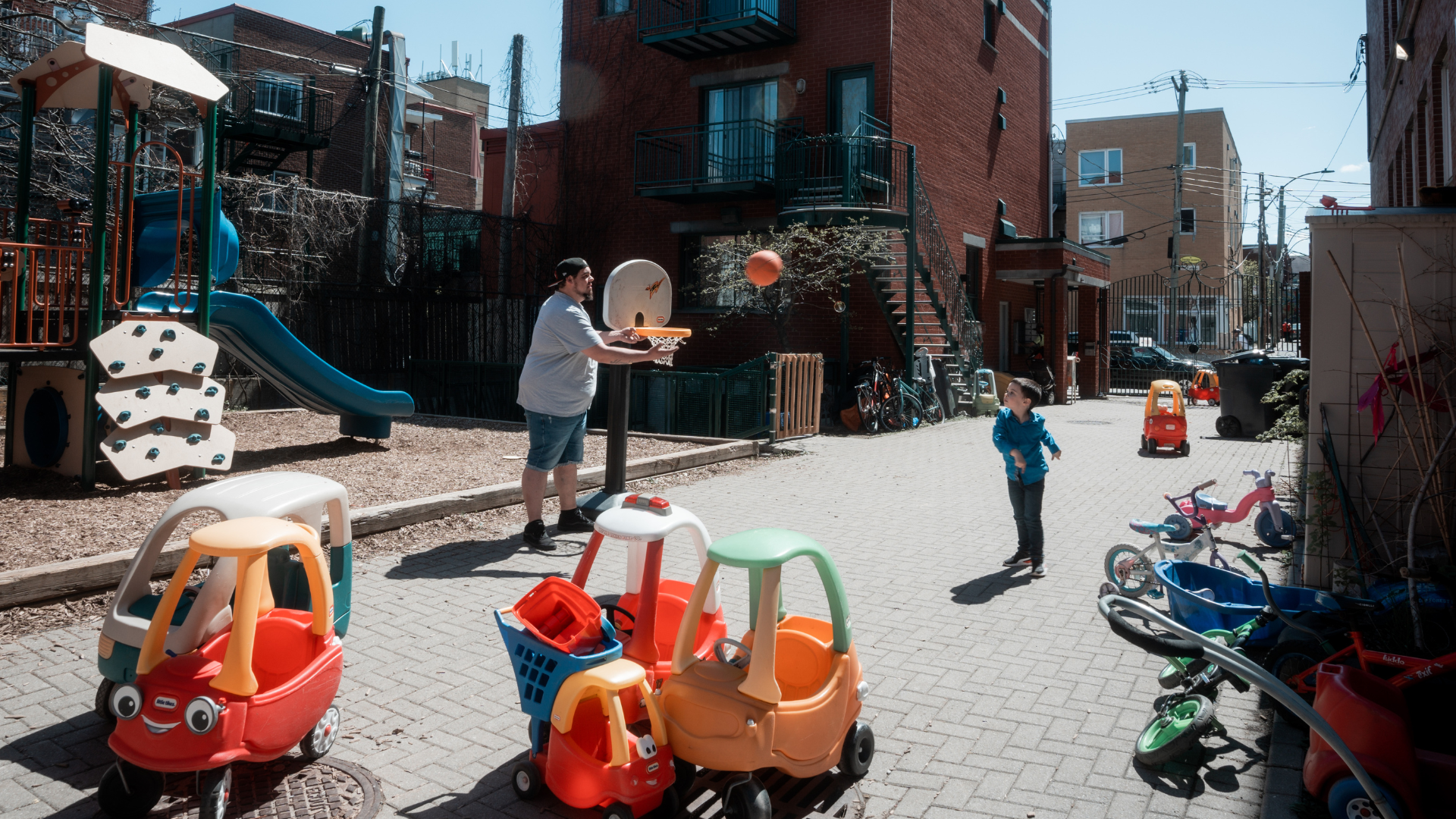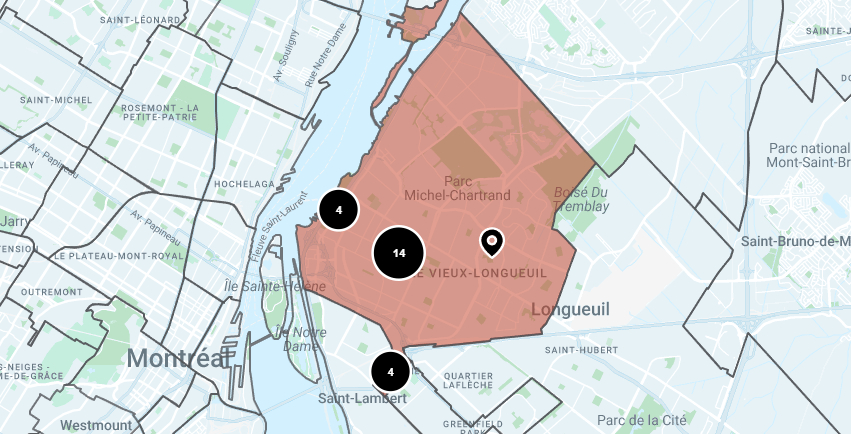
Longueuil Agglomeration
Snapshot of the
Longueuil Agglomeration

Discover key facts
📍 Poverty – more pronounced in Le Vieux-Longueuil
The Longueuil agglomeration counts 26,200 low-income residents, two-thirds of whom (17,525 people) live in the city of Longueuil, and nearly half (12,360 people) in Le Vieux-Longueuil borough. The low-income rate stands at 6% overall—slightly above the South Shore average (5%) but below Montreal’s (11%). It reaches 7% in Brossard and Greenfield Park, and 9% in Le Vieux-Longueuil. Children aged 0–5 and young adults aged 18–24 are the most affected age groups both in Le Vieux-Longueuil and across the agglomeration.
🌎 Immigrant population – Longueuil and Brossard as arrival cities
Immigrants represent 23% of the agglomeration’s population (99,490 people). The proportion is especially high in Brossard, at 41%. Although the overall rate is below Montreal’s (33%), immigrant growth between 2016 and 2021 was substantial (+21% versus +1% in Montreal). Half of all immigrants live in the city of Longueuil (53,060 people) and over one-third in Brossard (36,370).
✍️ French language knowledge – lower in Brossard and Greenfield Park
In Brossard, 82% of residents know French, compared with 87% in Greenfield Park, 93% for the agglomeration as a whole, and 95% across the South Shore. The most notable decline was in Brossard, where the rate dropped from 84% in 2016 to 82% in 2021.
👨🏾🤝👨🏼 Diversity – strong presence of visible minority groups in Brossard
Visible minority groups represent 27% of the agglomeration’s population (116,455 people), compared with 38% in Montreal. In Brossard, the proportion reaches 50%, making it the area outside Montreal with the strongest representation of visible minorities.

Dashboard
Consult this dashboard to access a wide range of demographic, socio-cultural/economic, and living-condition data.



